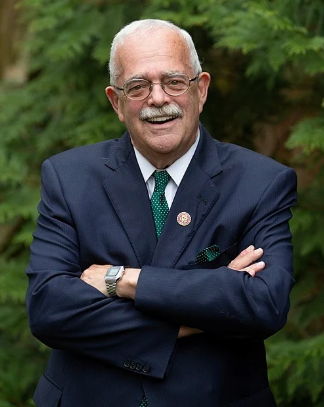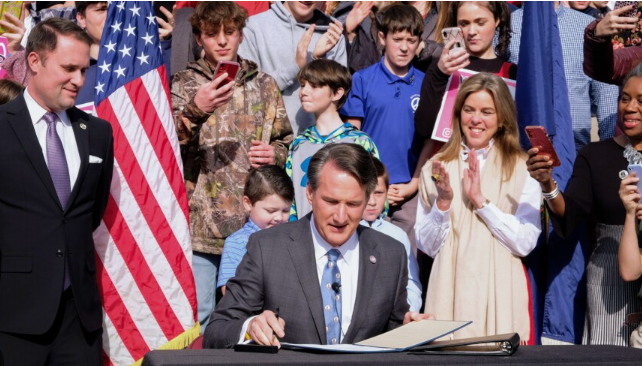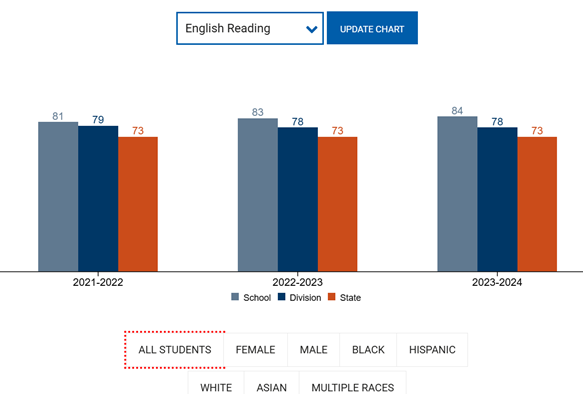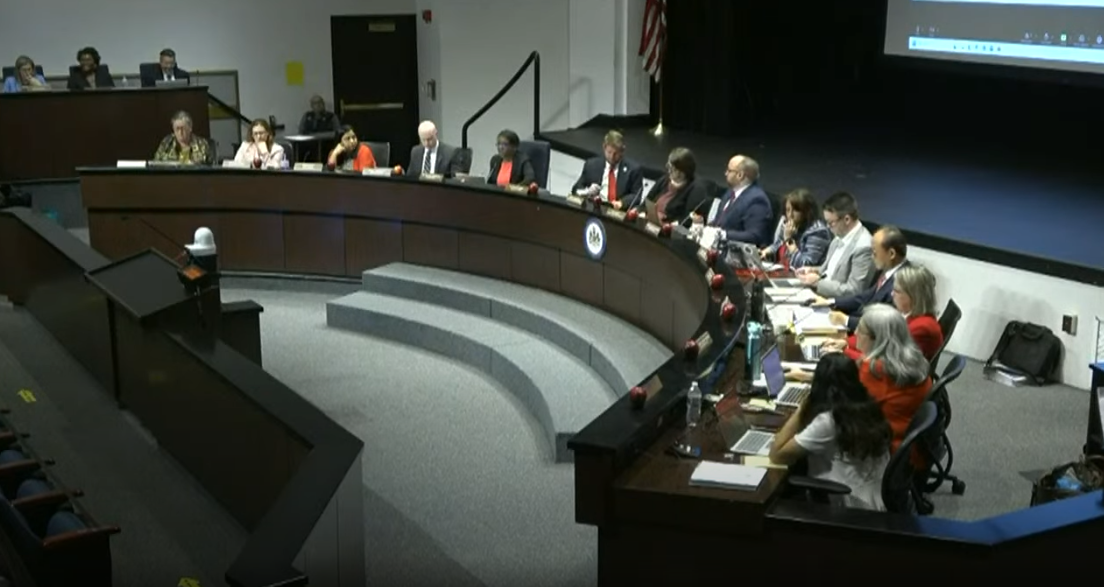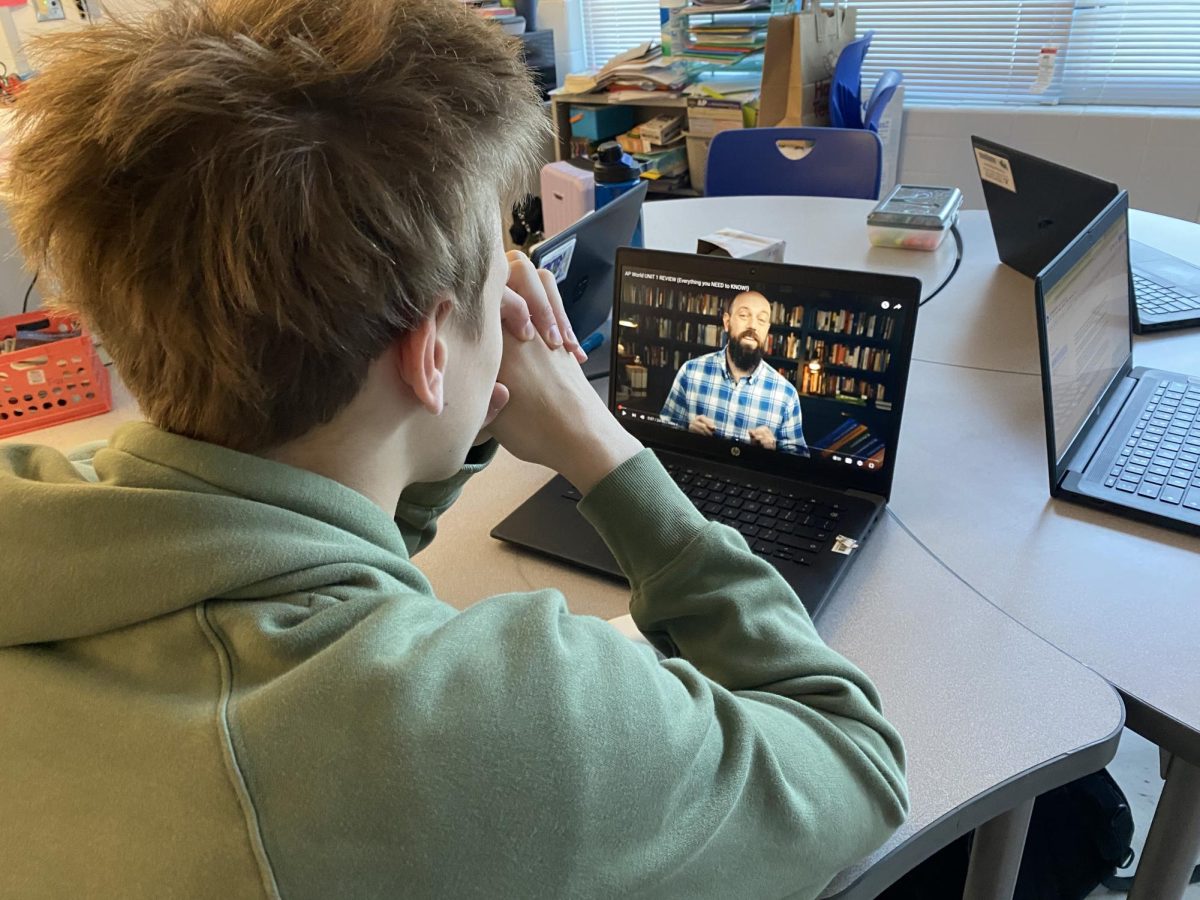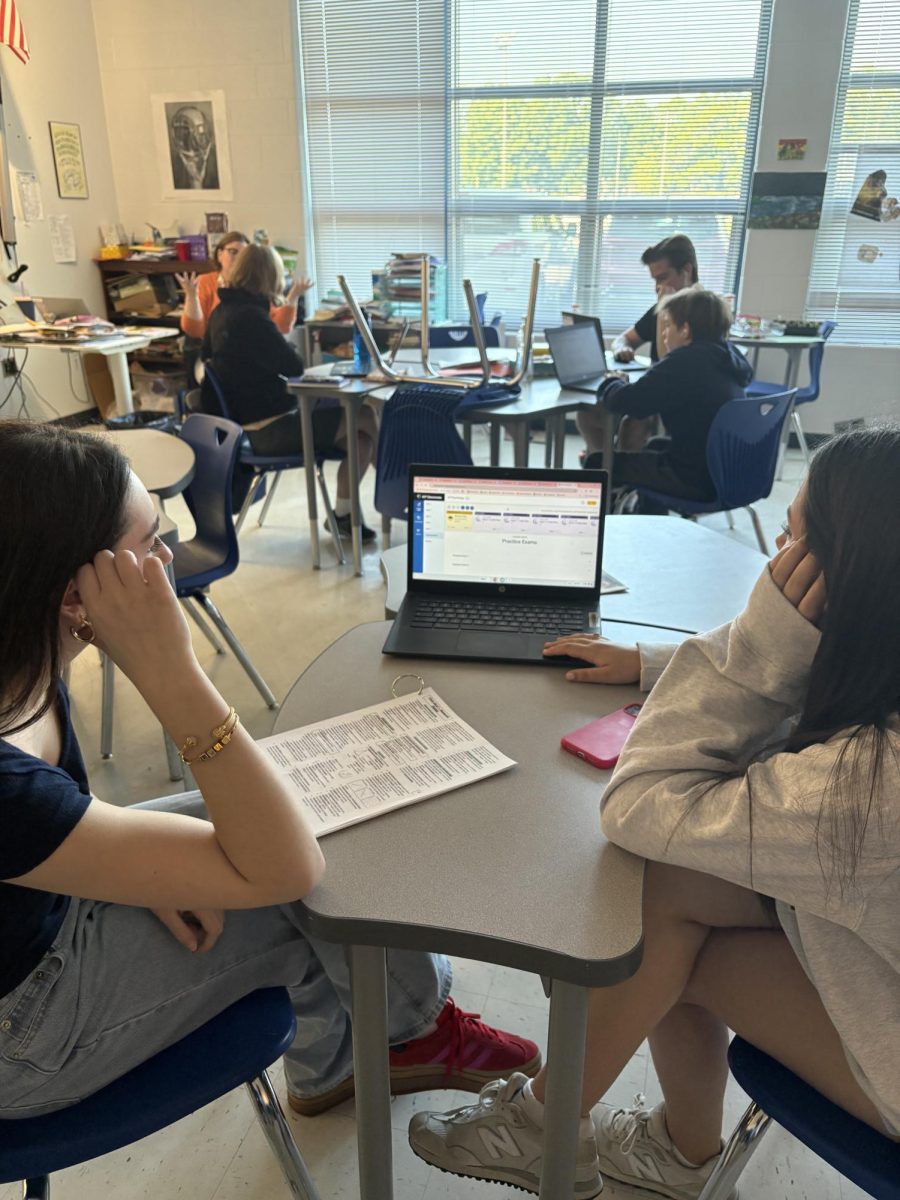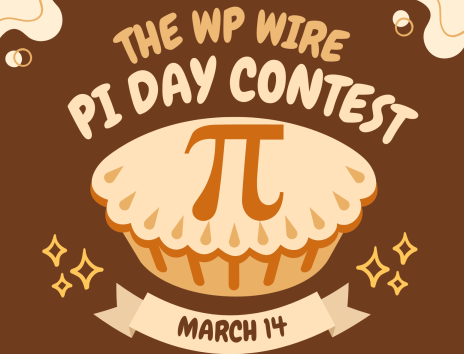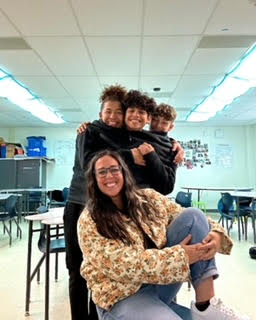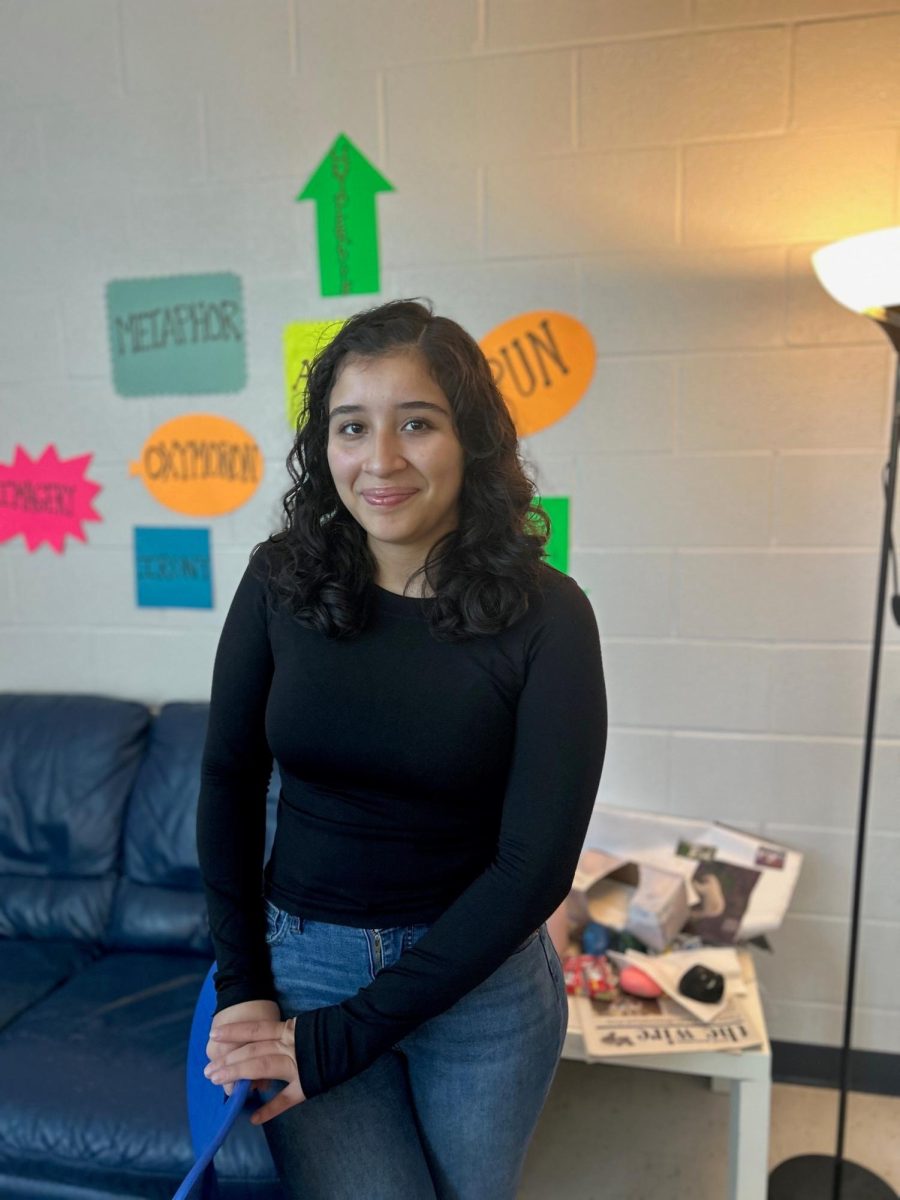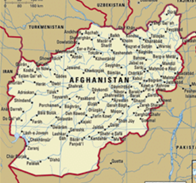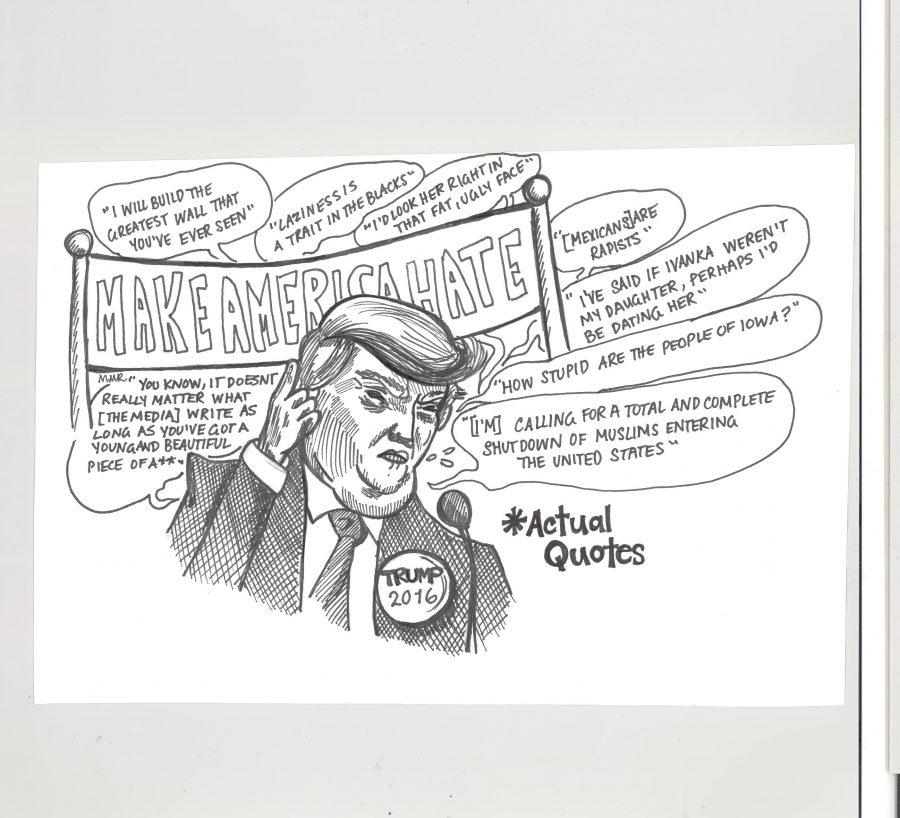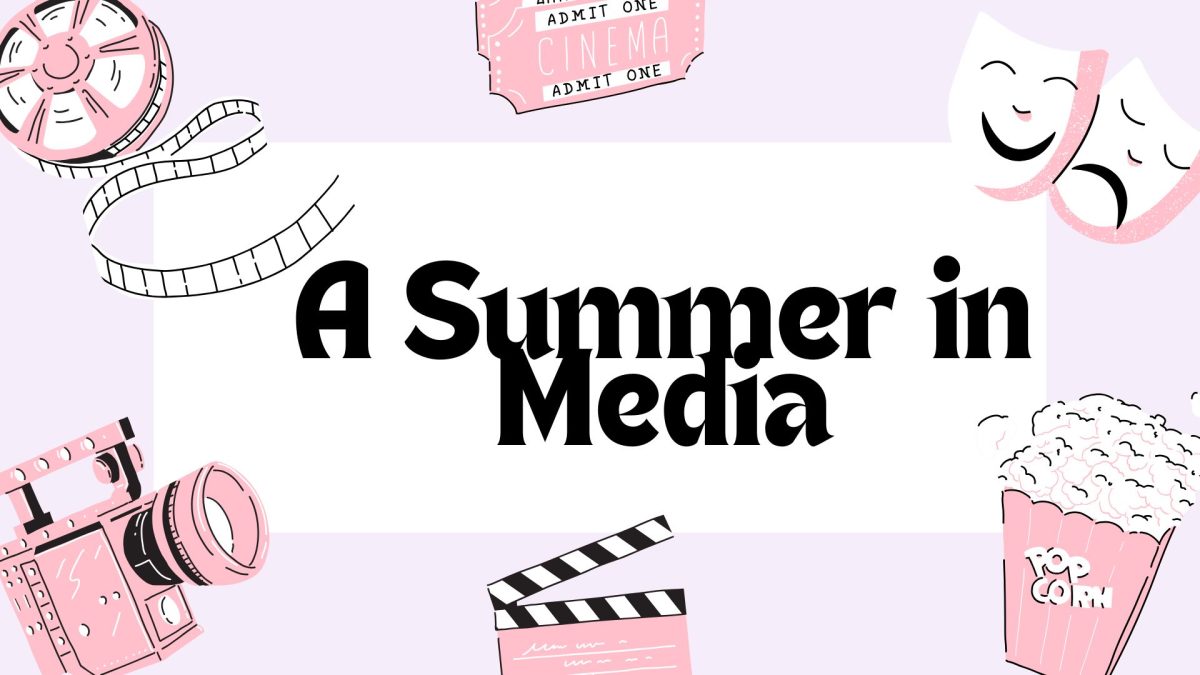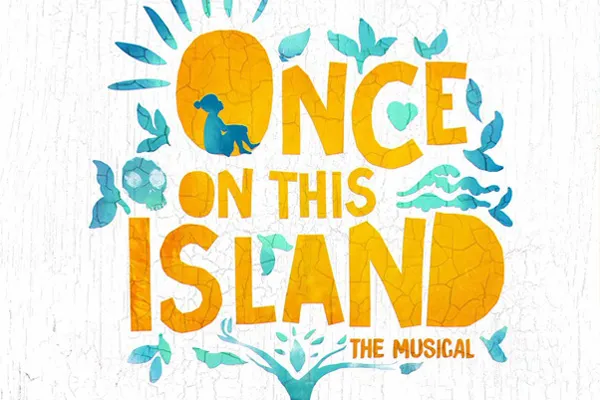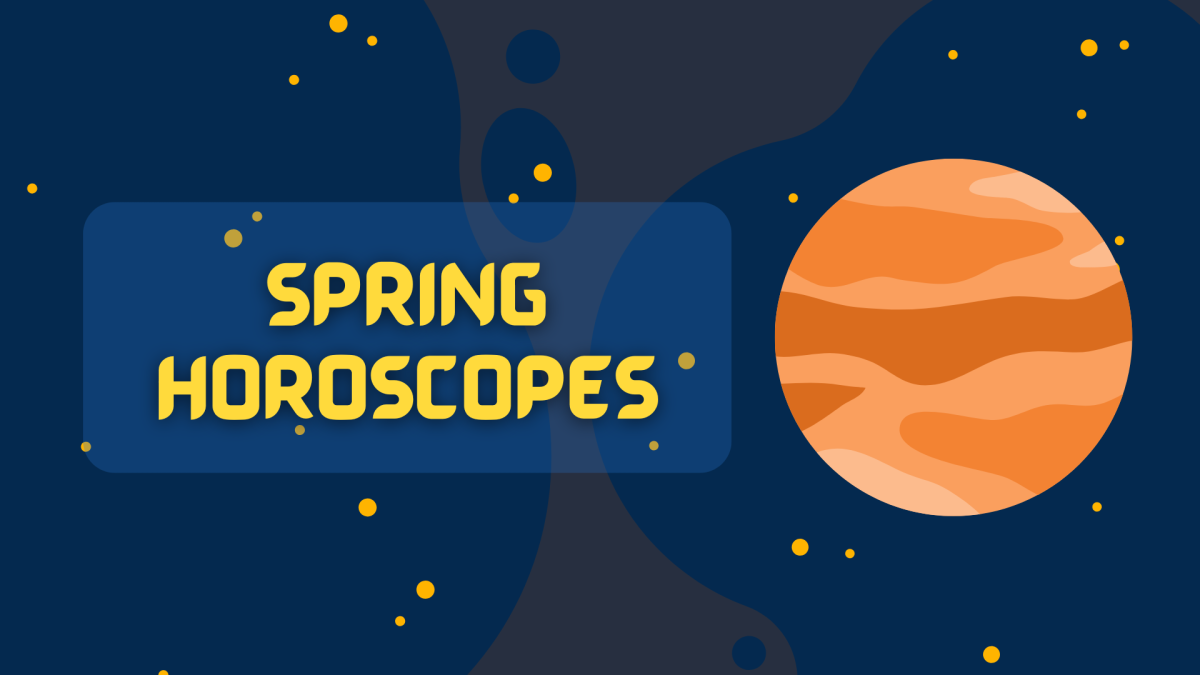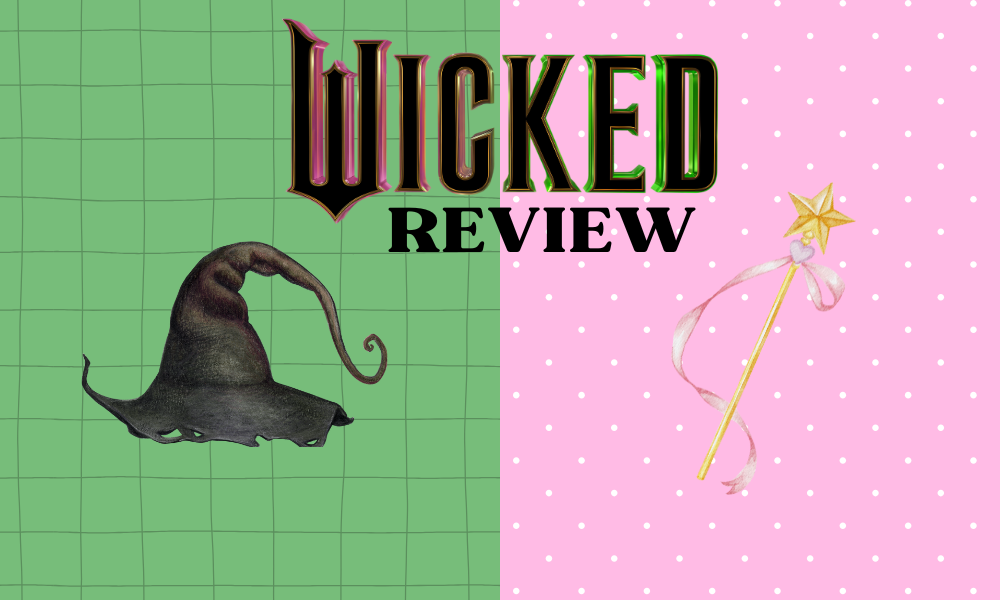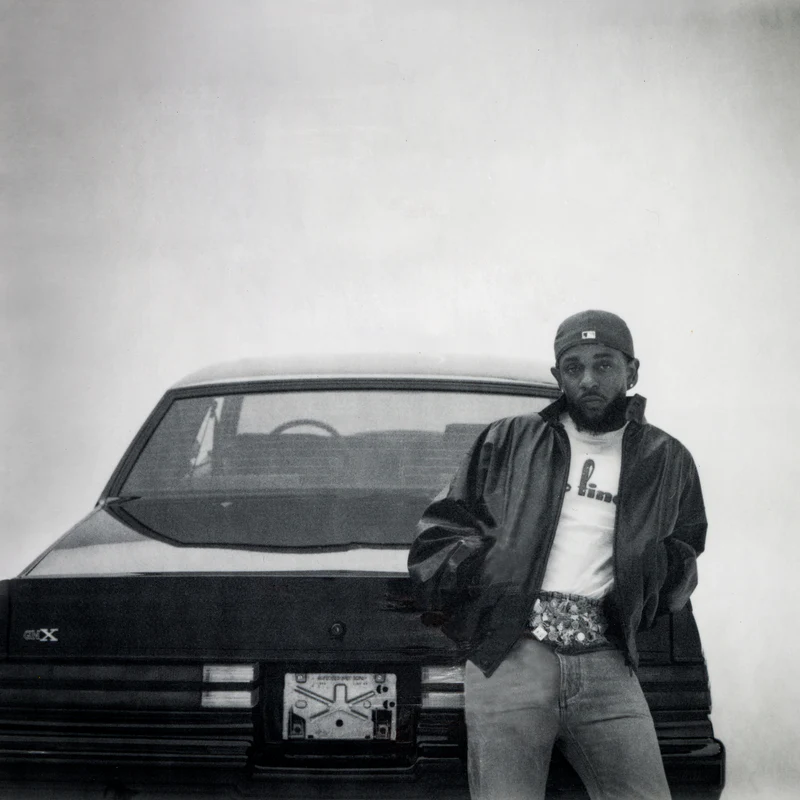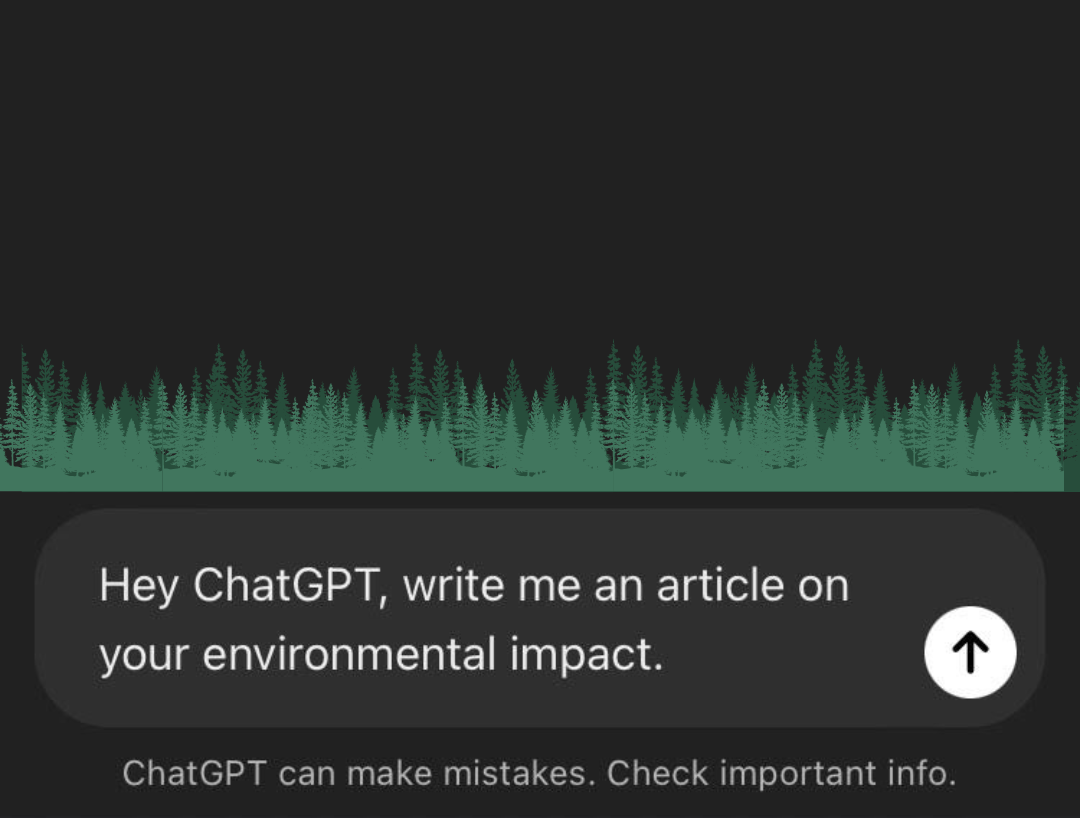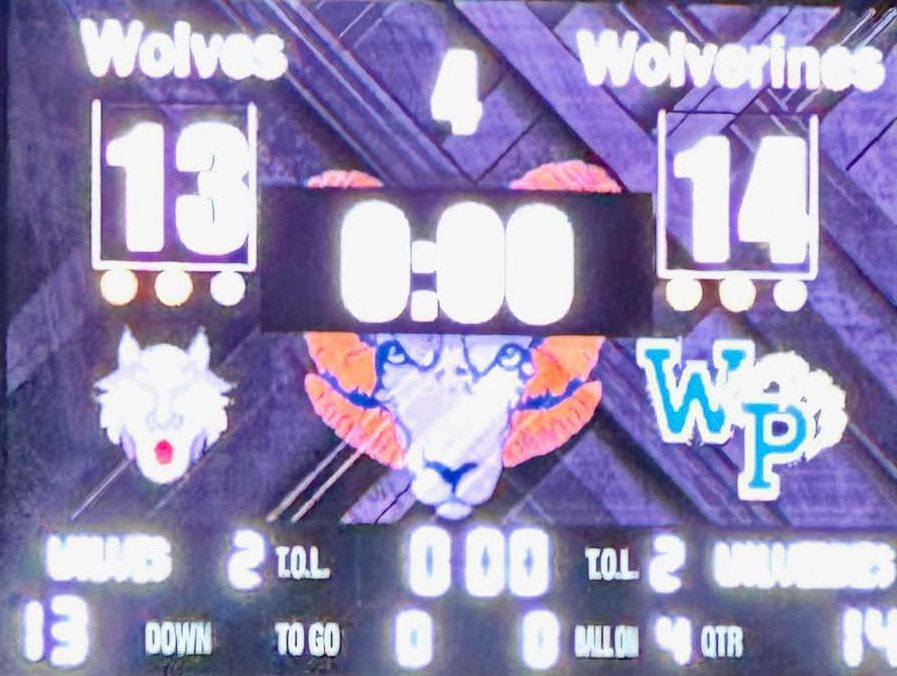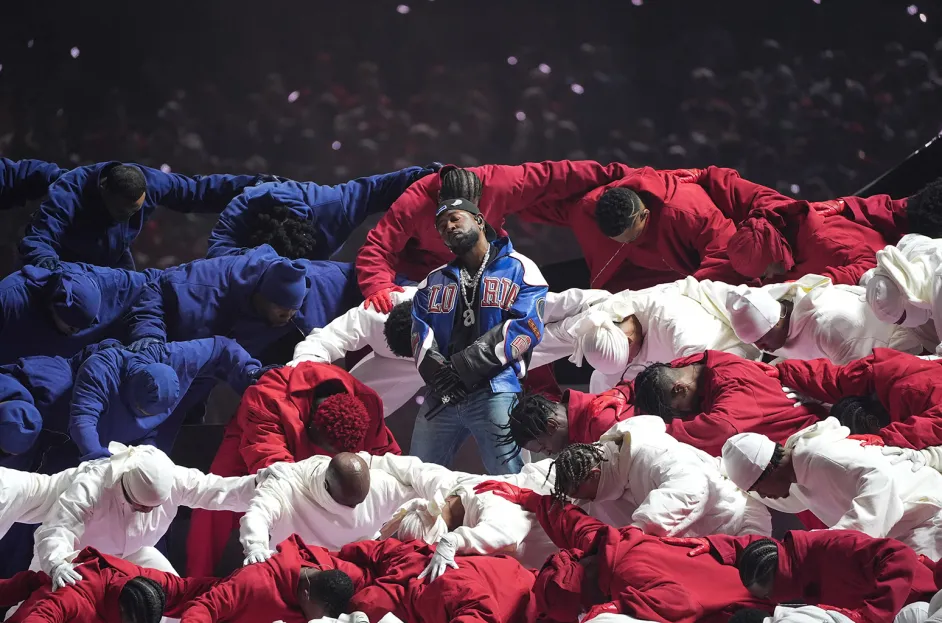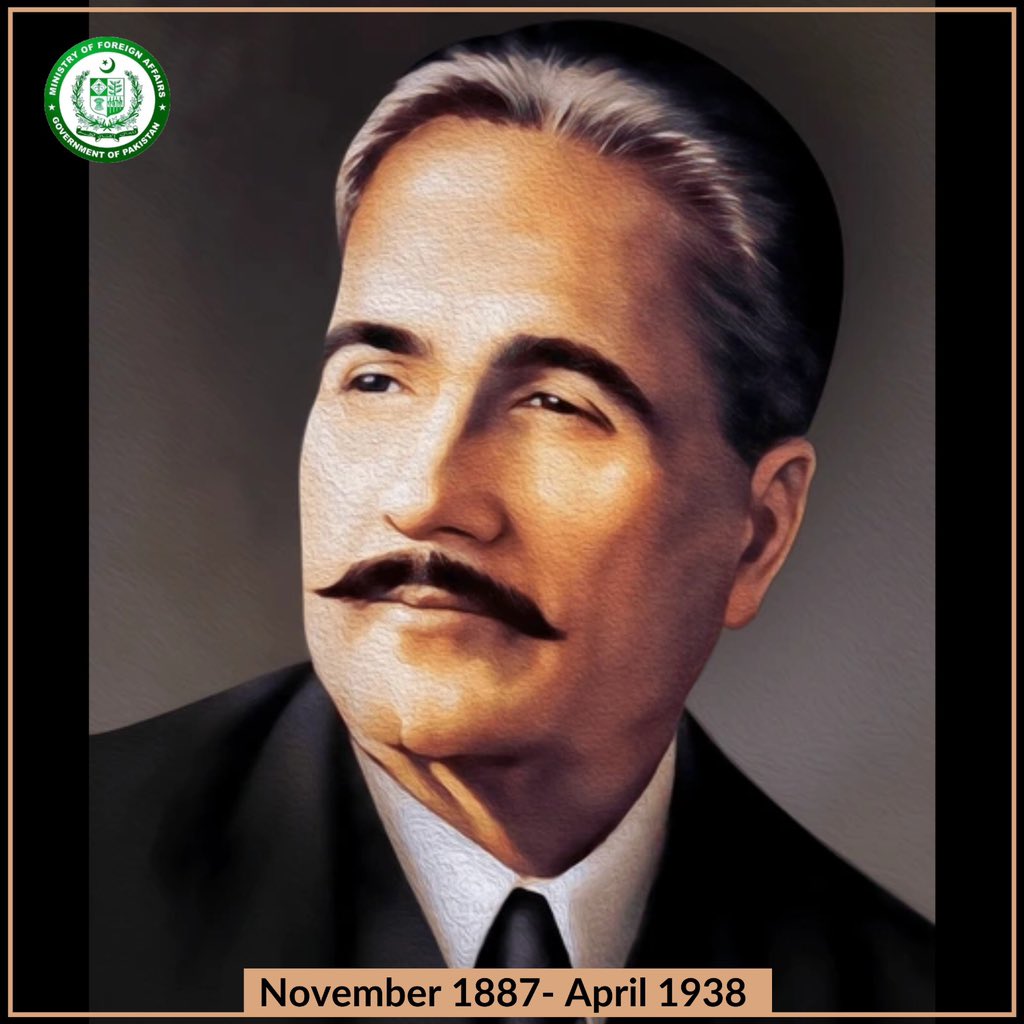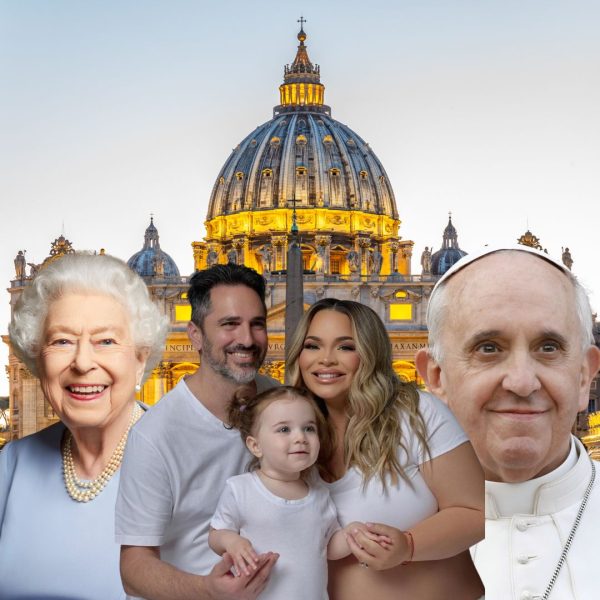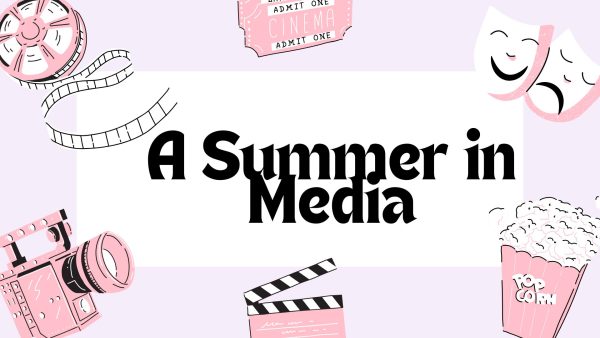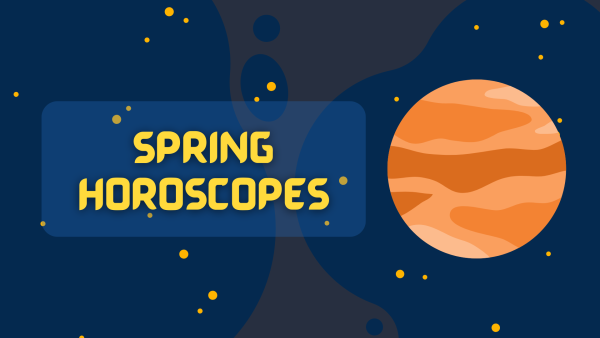The Rule of Three: Book and Film Trilogies
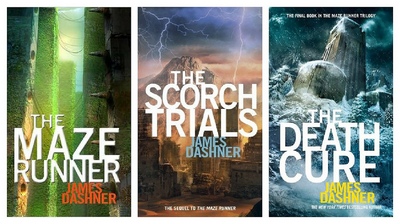
What film did you last go to see at the cinema? What was the last book you’ve read?
Chances are one of your answers is a part of of trilogy. When it comes to young adult movies and novels recently, it seems like that having a procession of three different parts is all the rage. Take The Maze Runner for example, the film based off of James Dashner’s 2009 book by the same title, which is set to release on September 19th. The series its based off of has three main books, and an adaption for the second film to be filmed in October. Insurgent, the second novel in Veronica Roth’s Divergent trilogy, is set to have its movie adaptation to release in March (the first film was released earlier this year.)
But what makes these trilogies so popular?
Some of the reasons are because the storyline flows nicely from movie to movie, and, of course, money. With trilogies, they fit into three parts: a beginning, a middle, and an end. In longer series, sometimes it can seem like the plot drags on and on, leaving you wondering when the story would finally come to a complete end. Unlike single books, trilogies allow you to know what happens after the first book, instead of leaving you craving to know more after a good single novel.
Trilogies, however, seem to give the author a good amount of time to present a conflict, have trials and errors to overcome that conflict, and then finally have it resolved by the third book. Having three parts to a story seems like it’s not too short, or not too long, but just right. The rule of three is in almost everything, from fairy tales (the Three Little Pigs) to sayings (“ready, set, go!”). The rule of three is so common, most of the times you never really notice it.
With films, having trilogies of movies is more unlikely. The books from the popular Hunger Games trilogy by Suzanne Collins have been split up into four films instead of three, with Mockingjay, Part One set to hit cinemas this November. The same will most likely go with the final installment of the Divergent trilogy’s film adaption, Allegiant. Mostly to make more money, and secondly to include more details that are vital to the final books in trilogies, the rule of four seems to be becoming more popular in the film industry when it comes to adaptations of popular literary trilogies.
Even with that so, trilogies still seem to be the new norm when it comes to films. Of all the YA books released, more trilogies seem to be striking film deals compared to single-released stories. (Some exceptions being John Green’s The Fault In Our Stars and Paper Towns, both separated storylines, and Gayle Forman’s If I Stay.) Is it because trilogies have the potential to bring in more sales, or just the popularity of trilogies in young adult literature?
When a series is released, and does well, it’s very likely that more stories similar will start to pop up. Ever since before the first novel in the popular Harry Potter series was remade as a movie in 2001, it seems like a trend that most bestselling young adult series are often given a film version sometime down the line. With trilogies being so popular in literature these days, it’s no wonder why so many of them are being adapted for the big screen.



